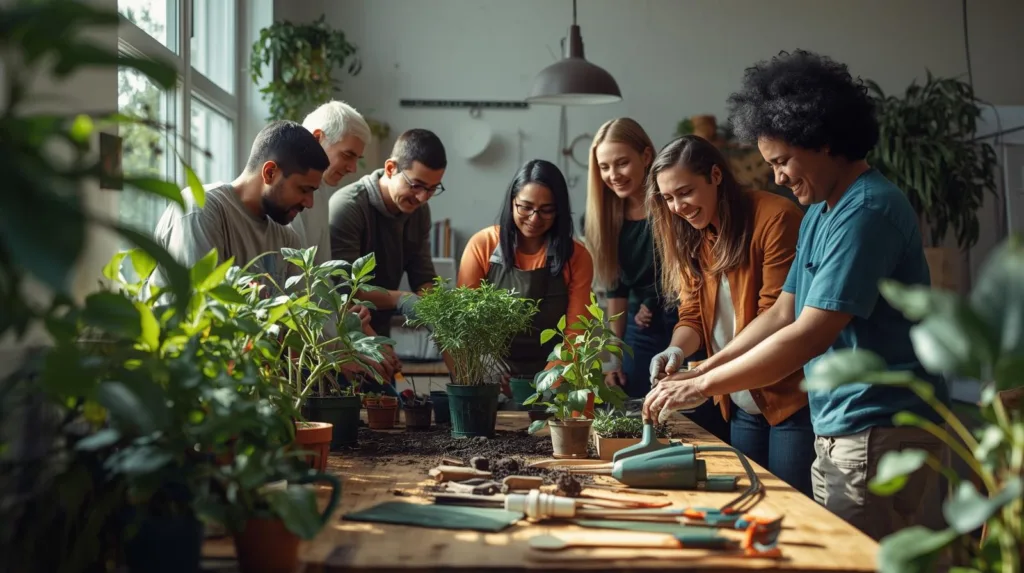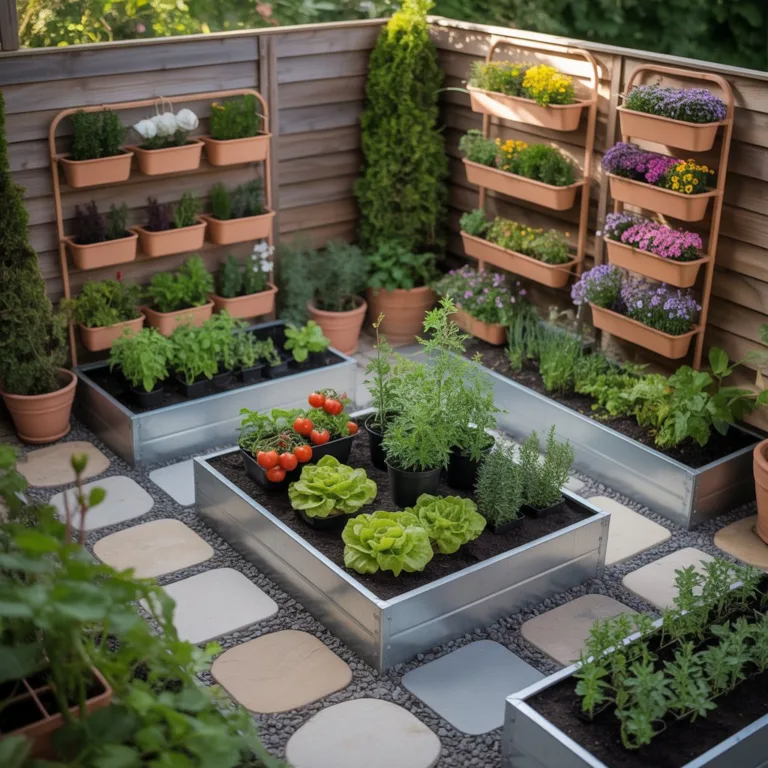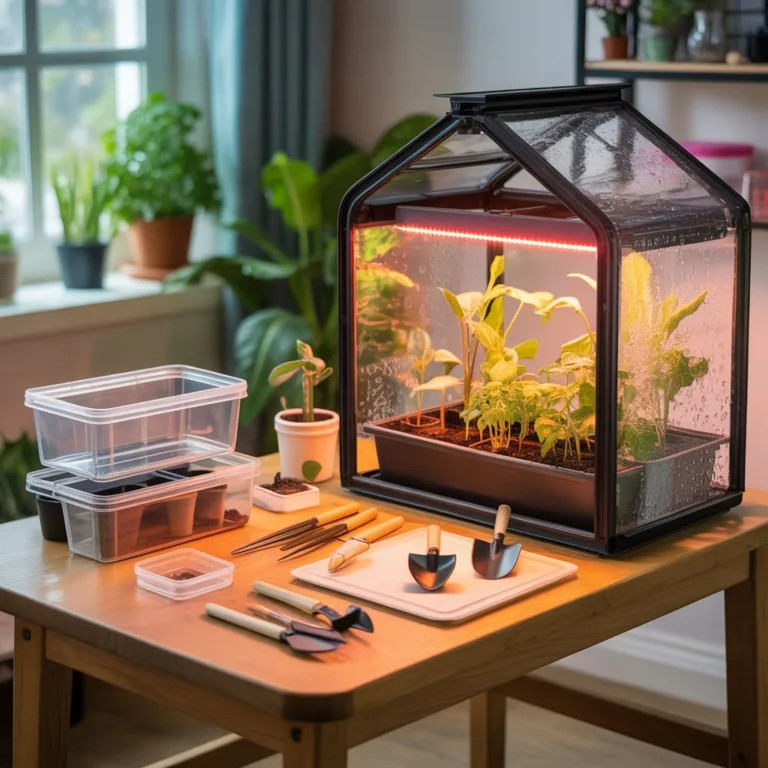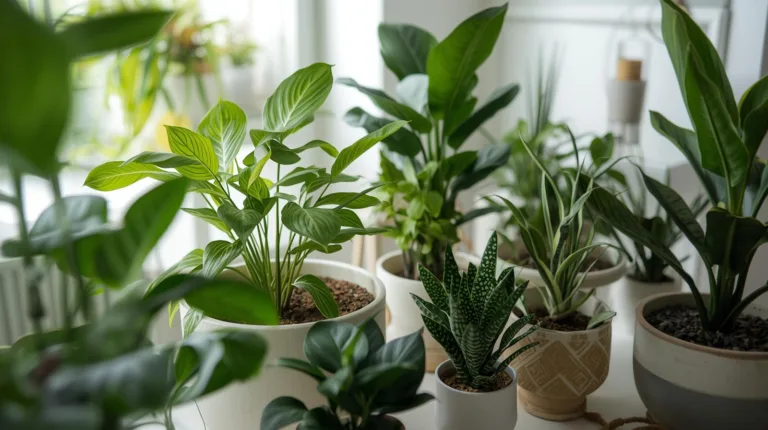Indoor gardening is an exciting and rewarding way to bring the beauty of nature into your living space. For beginners, the idea of cultivating plants inside a home may seem daunting, but with the right strategies, anyone can create a thriving indoor garden. From improving air quality to providing fresh herbs for cooking and creating a calming aesthetic, indoor gardening offers multiple benefits. Whether you have a small apartment, a sunlit balcony, or a spacious living room, understanding the fundamentals of indoor plant care can set you up for long-term success.

The appeal of indoor gardening lies not only in the plants themselves but also in the process of nurturing life. It encourages mindfulness, patience, and creativity. Many beginners make the mistake of treating indoor gardening like outdoor gardening, overlooking the unique needs of plants grown in confined spaces. Light, humidity, temperature, and soil composition differ significantly indoors, and learning how to adapt your care routine to these conditions is key. With proper guidance, indoor gardening can become a stress-relieving hobby that transforms any room into a green sanctuary.
Choosing the Right Plants for Indoor Gardening
Low-Maintenance Plants for Beginners
When starting an indoor garden, selecting plants that tolerate indoor conditions is essential. Low-maintenance plants require minimal care, making them perfect for beginners.
- Snake Plant (Sansevieria): Thrives in low light and requires infrequent watering. Its upright leaves add a modern touch to any room.
- ZZ Plant (Zamioculcas zamiifolia): Known for resilience, it tolerates low light and irregular watering.
- Pothos (Epipremnum aureum): A trailing plant that grows well in indirect light, ideal for shelves and hanging planters.
Herbs and Edible Plants
Indoor gardens can also be functional, providing fresh herbs and vegetables for daily cooking.
- Basil: Prefers bright light and consistent watering, excellent for kitchen windowsills.
- Mint: Hardy and spreads easily, best kept in separate pots to prevent overgrowth.
- Lettuce and Spinach: Grow quickly under artificial grow lights or near sunny windows.
Flowering Indoor Plants
Adding flowering plants can brighten spaces and improve mood.
- African Violet: Requires moderate light and humidity, produces colorful blooms year-round.
- Peace Lily: Low light tolerant with occasional blooms; also known for improving air quality.
- Orchids: Require attention to watering and humidity but offer long-lasting, elegant flowers.
Understanding Light Requirements
Light is one of the most critical factors for indoor plant growth. Without adequate light, plants can become leggy, fail to bloom, or even die.
Natural Light
- Bright Indirect Light: Many indoor plants thrive in bright, filtered light, such as near east or west-facing windows.
- Low Light: Snake plants, ZZ plants, and some ferns tolerate low-light conditions but will grow more slowly.
- Direct Sunlight: South-facing windows provide strong light, suitable for sun-loving plants like succulents and herbs.
Artificial Light
For spaces with limited natural light, artificial lighting can supplement plant growth.
- LED Grow Lights: Energy-efficient and designed to emit wavelengths that support photosynthesis.
- Fluorescent Lights: Affordable and widely available, suitable for smaller setups or herb gardens.
- Placement Tips: Position lights 12-24 inches above plants, keeping them on for 12-16 hours per day, depending on plant type.
Watering Techniques for Healthy Indoor Plants
Watering is often the most challenging aspect for beginners. Overwatering is a common mistake that can lead to root rot, while underwatering can stunt growth.
Signs of Overwatering
- Yellowing leaves
- Wilting despite moist soil
- Fungus gnats or mold on the soil surface
Signs of Underwatering
- Dry, brittle leaves
- Soil pulling away from the sides of the pot
- Slow growth or leaf drop
Best Practices
- Check Soil Moisture: Use your finger or a moisture meter to determine if water is needed.
- Water Evenly: Ensure water reaches the root zone without pooling on the surface.
- Drainage: Use pots with drainage holes to prevent water accumulation.
Choosing the Right Soil and Fertilizers
The right soil mix supports root growth, drainage, and nutrient availability.
Soil Types
- General Potting Mix: Suitable for most houseplants, provides adequate drainage and aeration.
- Cactus and Succulent Mix: Designed for fast-draining soil for drought-tolerant plants.
- Orchid Mix: Includes bark and sphagnum moss to allow air circulation around roots.
Fertilization
Indoor plants require regular fertilization due to limited soil nutrient reserves.
- Balanced Liquid Fertilizers: Ideal for herbs, leafy plants, and flowering plants; applied every 2-4 weeks.
- Slow-Release Fertilizers: Reduce the frequency of feeding, providing nutrients over months.
- Organic Options: Compost tea or diluted fish emulsion supports natural growth without chemical buildup.
Managing Indoor Climate
Indoor environments can differ drastically from outdoor conditions, affecting plant health.
Temperature
- Most indoor plants thrive between 65°F and 75°F (18°C-24°C).
- Avoid placing plants near heaters, air conditioners, or drafty windows.
Humidity
- Tropical plants like ferns and orchids prefer 50-70% humidity.
- Use a humidifier or place water trays near plants to maintain moisture in the air.
Air Circulation
- Good airflow prevents fungal diseases and pest infestations.
- Small fans can gently circulate air in dense indoor gardens.
Pruning, Propagation, and Potting Tips
Pruning
Pruning encourages healthy growth, removes dead material, and maintains shape.
- Remove yellowing leaves and spent flowers regularly.
- Trim leggy stems to encourage fuller growth.
Propagation
Many indoor plants can be propagated to expand your garden inexpensively.
- Stem Cuttings: Pothos, snake plants, and herbs root easily in water or soil.
- Leaf Cuttings: African violets and succulents can grow from single leaves.
- Division: Clumps of ferns or peace lilies can be divided to produce new plants.
Repotting
Repotting is essential when plants outgrow their containers or soil becomes compacted.
- Choose pots 1-2 inches larger than the current container.
- Refresh soil and gently loosen root-bound plants.
- Repot during active growth for faster recovery.
Common Pests and How to Handle Them
Indoor plants are susceptible to pests despite being in a controlled environment.
Common Pests
- Aphids
- Spider mites
- Fungus gnats
- Mealybugs
Organic Pest Management
- Wipe leaves with mild soapy water.
- Introduce natural predators like ladybugs or predatory mites.
- Apply neem oil or insecticidal soap for persistent infestations.
Indoor Gardening as a Sustainable Practice
Indoor gardening contributes to sustainability and eco-friendliness in several ways:
- Reduces the need for store-bought herbs and vegetables.
- Encourages composting of kitchen scraps.
- Improves air quality by absorbing CO2 and releasing oxygen.
- Reduces chemical use by growing organically at home.
Creative Ideas for Indoor Gardening Spaces
Vertical Gardening
- Use wall-mounted planters or shelves to maximize space in small apartments.
Window Sills and Balconies
- Place herbs, succulents, and small flowering plants in sunny areas.
Terrariums and Mini Gardens
- Closed glass containers can create self-sustaining micro-environments.
Hydroponic Systems
- Grow plants in water with nutrient solutions for soil-free gardening.
Indoor gardening is a fulfilling way to enhance your home environment, boost well-being, and engage with nature year-round. By choosing suitable plants, understanding light and water requirements, managing climate conditions, and adopting sustainable practices, beginners can develop a flourishing indoor garden. Experimenting with creative layouts, propagation techniques, and plant combinations makes the process both educational and enjoyable. As your indoor garden grows, you’ll gain confidence, develop new skills, and cultivate a space that is vibrant, calming, and uniquely yours.

Sofia Greenfield is a sustainable gardening expert and environmental educator who inspires families and urban gardeners to cultivate green spaces responsibly. She shares practical tips on growing vegetables, herbs, and flowers using eco-friendly and recycled materials, emphasizing the joy of gardening while protecting the planet.



